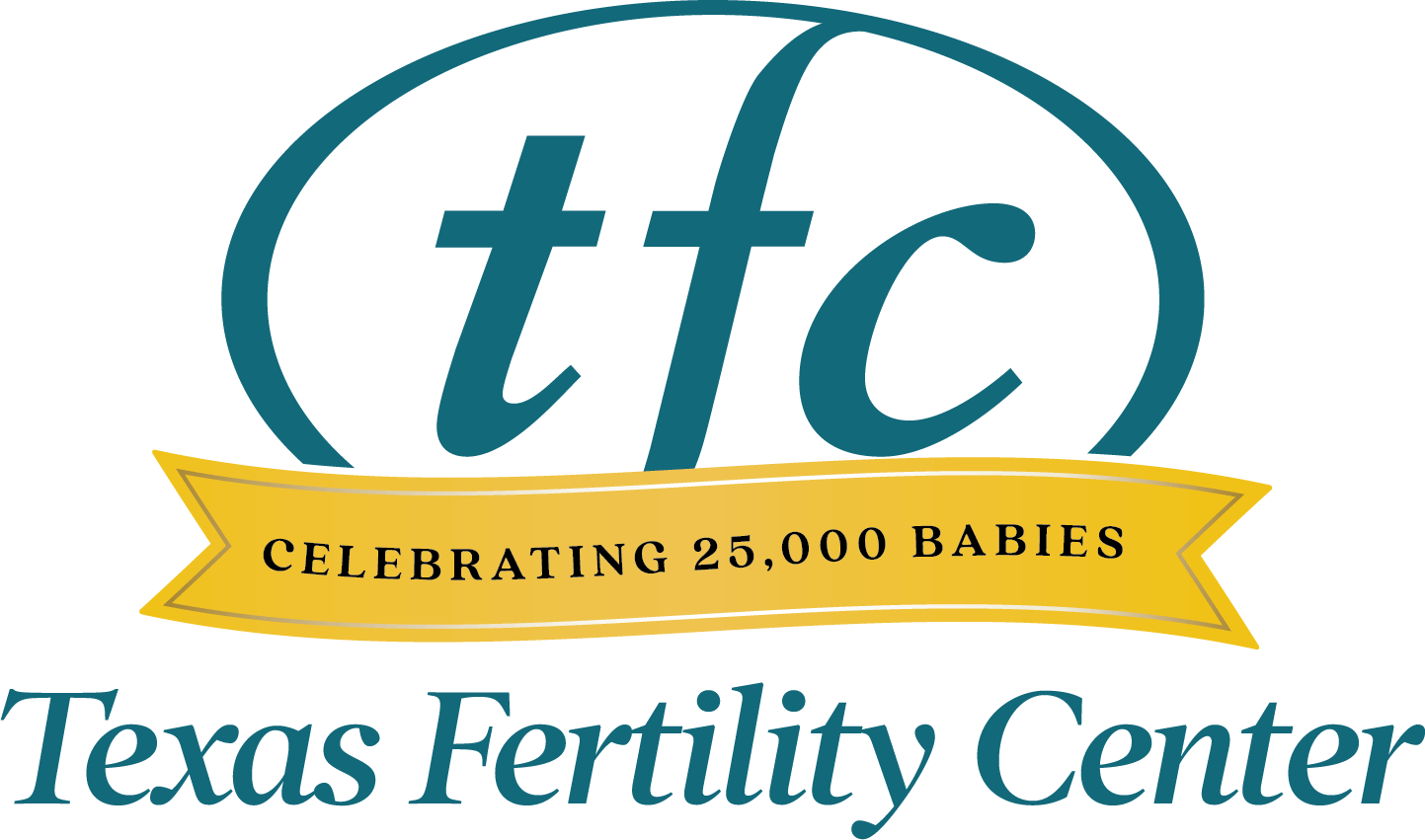
Understand how uterine abnormalities affect fertility
The uterus is a key player in female fertility. It is the site of embryo implantation and expands to support a growing pregnancy. Texas Fertility Center New Braunfels treats women with uterine abnormalities, which when left unchecked, can significantly affect fertility and pregnancy. Some women are born with congenital uterine anomalies, while other issues show up later in life. Fortunately, Dr. Susan Hudson expertly detects and treats uterine conditions in New Braunfels fertility patients.
A trained eye can identify uterine anomalies
The uterus is normally pear-shaped and hollow, but structural malformations can take shape during development in the womb. Studies have shown that congenital uterine anomalies are present in up to 8% of infertile women and 25% of women experiencing miscarriage and infertility.
Susan Hudson MD pinpoints these uterine abnormalities, also called Müllerian anomalies, with the help of imaging technology. She commonly relies on 3-D ultrasound, which can examine the uterus inside and out. Other screening options include a saline infusion sonogram, an MRI or a hysterosalpingogram (HSG).
While there are many kinds of uterine anomalies, some are more common.
- A septate uterus is a band of tissue that partially or fully divides the middle of the uterine cavity, putting patients at higher risk of miscarriage.
- A bicornuate uterus is a heart-shaped uterus with two cavities. Preterm labor can accompany this condition.
- In an arcuate uterus, mild indentation appears in the inner wall, but it is generally a “normal variant,” meaning it has little or no impact on reproductive health.
- Other, less-common Müllerian anomalies are a double uterus (uterus didelphys) or a one-sided uterus (unicornuate uterus).
In terms of treatment for New Braunfels fertility patients, each situation is individual. Dr. Hudson might suggest surgery for a septate uterus. However, other conditions may be addressed with fertility treatment and attentive monitoring during pregnancy.
Uterine abnormalities may show up later in life
Some New Braunfels fertility patients develop uterine issues later in life, which are called “acquired abnormalities.” These often emerge as growths or scar tissue, and may only be detected after a fertility evaluation using imaging techniques, such as an HSG or saline sonogram.
Here are a few common uterine abnormalities we treat at Texas Fertility New Braunfels.
- Uterine polyps, also called endometrial polyps, are growths that attach to the uterine wall and can cause abnormal bleeding and fertility issues. These can be surgically removed.
- Uterine fibroids are growths that are almost always non-cancerous. However, they can distort the uterus and affect fertility. They can be removed with minimally invasive procedures.
- Intrauterine adhesions are bands of scar tissue in the uterus after a procedure or injury. These can disrupt the menstrual cycle and lead to infertility. Hysteroscopic surgery is an option to remove adhesions.
When navigating female infertility, fertility specialist Dr. Susan Hudson helps New Braunfels fertility patients overcome uterine abnormalities to focus on building a family. Contact us to learn more.



